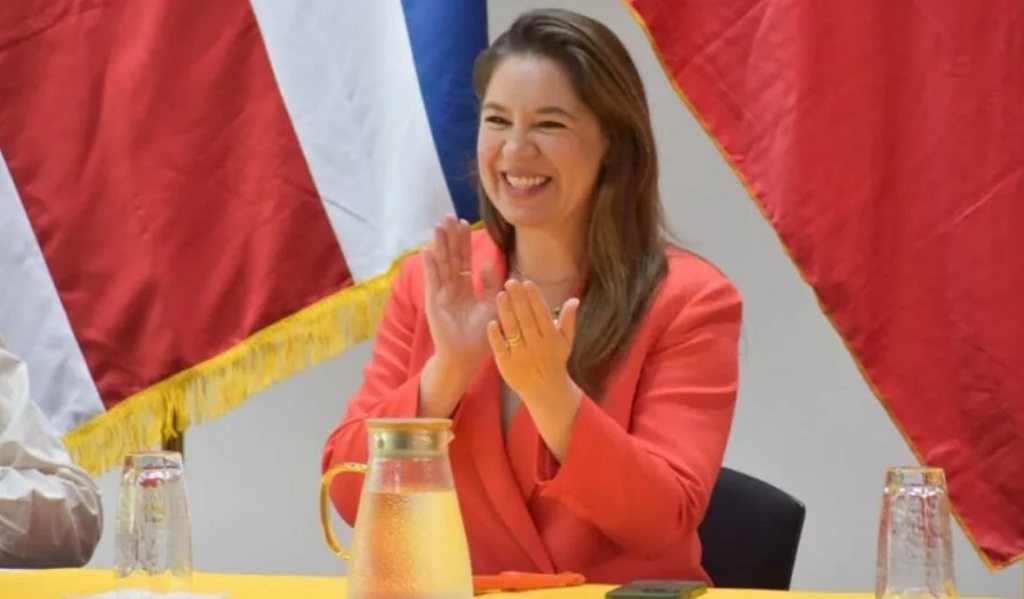For over 160 years, the brush strokes of Costa Rica’s artists have been etching the nation’s history onto canvases, creating a vibrant visual narrative of its cultural and political evolution. Let’s embark on a journey through time, exploring how Costa Rica has depicted its past through the art of historical painting.
The Essence of Historical Painting
Before the dawn of photography in the mid-19th century, historical painting was considered the pinnacle of visual art. This genre, characterized by large-scale oil paintings, depicted historical events, literary narratives, and mythological and biblical scenes. Rooted in the classical humanist aesthetics of the Renaissance, these artworks were the realm of master painters and graced the walls of churches, government buildings, and the residences of the elite.
Historical Painting in Latin America
In Latin America, including Costa Rica, historical painting gained prominence in the mid-19th century following independence movements. These artworks played a crucial role in shaping nationalist narratives, reflecting the visions of the ruling elites. Initially crafted by foreign artists, these works soon gave way to local talent trained in Europe.
Historical Painting in Costa Rica: A Unique Evolution
Costa Rica’s tryst with historical painting began with the introduction of the first printing press in 1830. This was followed by the compilation of the ‘Álbum de José María Figueroa Oreamuno,’ a rich repository of national history. The country’s political and military events of the 19th century heavily influenced its early historical paintings.
Political Tensions and Artistic Expressions
The political turmoil of the 1870s led to a renewed interest in historical painting, particularly in commemorating the events and heroes of the War of 1856-1857. These works served as pillars of national identity and were incorporated into public statues and monuments by European sculptors.
Enrique Echandi Montero’s Legacy
The peak of Costa Rica’s historical painting can be attributed to Enrique Echandi Montero’s masterpiece ‘La quema del mesón,’ a grand portrayal of national hero Juan Santamaría. This painting has become an emblem of Costa Rican artistic heritage.
A Shift Towards Rural Landscapes and Muralism
The late 19th and early 20th centuries saw a shift from historical themes to rural landscapes and allegories. The influence of Mexican muralism in the mid-20th century marked a return to large-scale representations of historical themes, reflecting the social democratic ideals of the era.
Manuel Carranza Vargas: A Modern Chronicler
Manuel Carranza Vargas emerged as a significant figure in modern Costa Rican historical painting. His works, rooted in meticulous research, offered fresh perspectives on historical themes, including scenes from the colonial period and the War of 1856-1857.
Celebrating Historical Events in the 21st Century
The early 21st century saw historical commemorations become intertwined with public dissent, notably against government policies. These events coincided with significant anniversaries, such as the 150th anniversary of the War of 1856-1857, providing a platform for alternative narratives.
Carranza’s Legacy and Public Exhibitions
Carranza’s vast body of work, encompassing around 30 paintings, is now a valuable educational resource, offering a visual exploration of Costa Rican history. His legacy continues to be celebrated through public exhibitions, such as the one at the Museo Histórico Juan Santamaría.
A Canvas of History
Costa Rican historical painting is more than just art; it’s a canvas of history, narrating tales of triumphs, struggles, and the evolution of a nation’s identity. From grand oil paintings to modern interpretations, these artworks remain an integral part of Costa Rica’s cultural fabric.
Source link
admin



